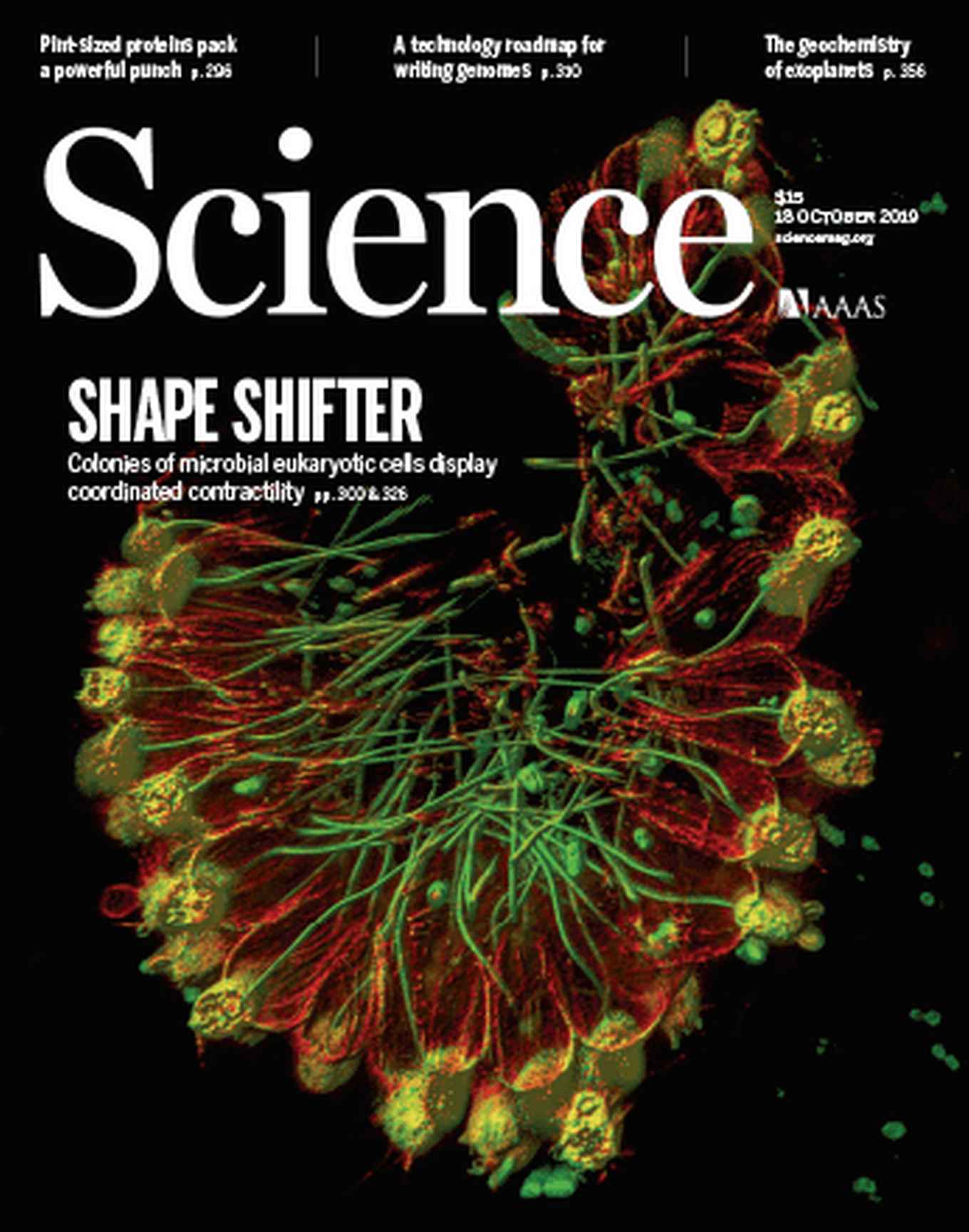Science-publication for Mark Vermeij and fellow scientists of Berkeley University
12 November 2019

The research had its roots in one of the yearly workshops on Carmabi on Curacao, where Mark Vermeij is located most of the time. During 3 weeks universities from around the world, including the University of California, where most and first as well as senior author of this publication comes from, work together using Curacao’s terrestrial and marine ecosystems as a “natural lab”.
Mark Vermeij about the most important findings:
There are many ideas about how life arose on Earth, but how the organization of multicellular life evolved is still somewhat mysterious and unknown. In tide pools on the north shore of Curacao we encountered a choanoflagellate, which turned out to be a new species and the closest ancestor to “animals”. Choanoflagellate diversity represents a largely untapped opportunity to investigate environmental regulation of cell behavior, the principles that broadly underpin multicellularity, and the evolution of animal cell biology.
We had no real research question beforehand, just ‘looking around in nature to see what we missed so far’, but were not surprised to encounter new behaviors/forms of cellular organization in understudied protists. Earlier this year a similar approach resulted in the discovery of apicomplexans (also a protist) living inside coral tissues. This work was published earlier this year in Nature (Kwong et al.).
This workshop format has allowed people to “freely” look around and search for new surprises in the microbial world. Surprisingly (to me) it seems that wherever you look (well) a large portion of life is still out there waiting to be discovered, illustrating the importance of exploratory science using high-end methods available to microbiologists today. These (and other) discoveries would be hard to make if one had to first provide a “research question” or hypothesis.